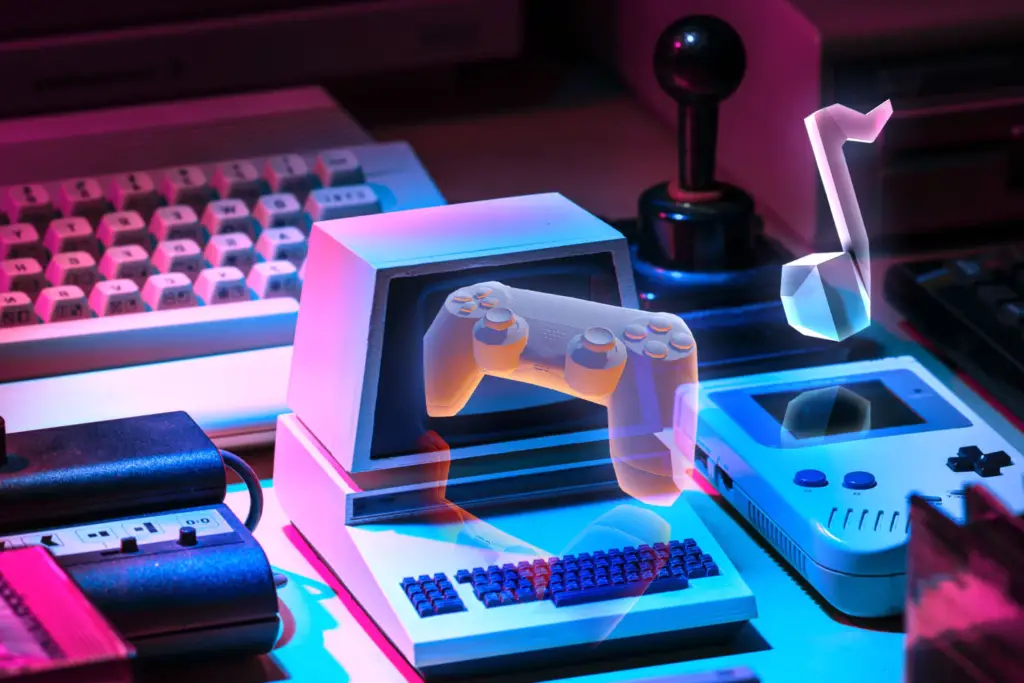Color prediction games, known for their dynamic and engaging nature, often intersect with other sensory experiences, such as music. The influence of music genre on the strategies employed in color prediction games is a fascinating exploration of how auditory stimuli can shape the way players approach the colorful challenges presented in these games. In this article, we delve into the impact of music genre on the strategies and experiences within the realm of color prediction games on 91club.

Creating an Immersive Atmosphere:
The choice of music genre contributes significantly to the atmosphere of color prediction games. Developers carefully select soundtracks to complement the visual elements, creating an immersive experience for players. Whether it’s the upbeat tempo of electronic dance music (EDM) or the calming tones of classical music, the chosen genre sets the stage for the gaming environment.
Influence on Cognitive Performance:
Music has been shown to influence cognitive performance, including decision-making and strategic thinking. Different music genres evoke varied emotional responses and cognitive states. Fast-paced genres like techno or rock may energize players, enhancing their alertness and responsiveness, while slower genres such as ambient or classical music may promote a more focused and contemplative state.
Tempo and Decision-Making Speed:
The tempo of music can impact the speed of decision-making in color prediction games. Upbeat and fast-tempo genres may encourage quicker predictions, aligning with the rhythm of the music. Conversely, slower tempos may lead to more deliberate and thoughtful decision-making, as players synchronize their predictions with the pacing of the music.
Mood and Emotional Resonance:
Different music genres evoke distinct moods and emotions. The emotional resonance of music can influence how players approach color prediction games. For instance, players immersed in the energetic beats of pop or hip-hop may adopt a more confident and risk-taking strategy, while those listening to calming genres like jazz or ambient music may prioritize a relaxed and patient approach.
Cultural Affinities and Music Preferences:
Music preferences are often culturally influenced, and the impact of music genre on color prediction strategies reflects these cultural affinities. Players from different cultural backgrounds may have varying preferences for specific genres, shaping the way they engage with color prediction games. Game developers may consider these cultural nuances when curating soundtracks to resonate with a diverse player base.
Enhancing Focus and Concentration:
Certain music genres are known for their ability to enhance focus and concentration. Genres like instrumental, ambient, or lo-fi music provide a soothing backdrop that can help players maintain a steady focus on the game. The impact on concentration influences the precision and accuracy of color predictions, especially in games that demand sustained attention.
Rhythm as a Predictive Cue:
The rhythmic patterns within music can serve as predictive cues for players. Some genres emphasize strong, consistent beats, providing a rhythmic framework that players may subconsciously use to time their predictions. This synchronization of prediction with the music’s rhythm becomes an integral part of the gaming strategy.
Individual Preferences and Customization:
Recognizing the subjective nature of music preferences, many color prediction games allow players to customize their soundtracks. This individualization empowers players to select music genres that align with their personal preferences and playing styles. Customization enhances the player’s sense of agency, allowing them to optimize their gaming experience.
Conclusion:
The impact of music genre on color prediction game strategies is a testament to the interconnected nature of sensory experiences in gaming. As players navigate the vibrant challenges of predictions, the auditory backdrop provided by music becomes a powerful influencer of mood, cognitive performance, and decision-making. Developers and players alike recognize the potential for music to shape and enhance the gaming experience, creating a dynamic synergy between the auditory and visual elements within the colorful world of prediction games.

















